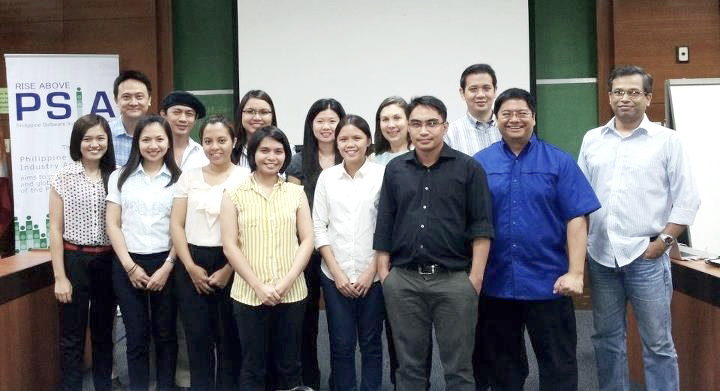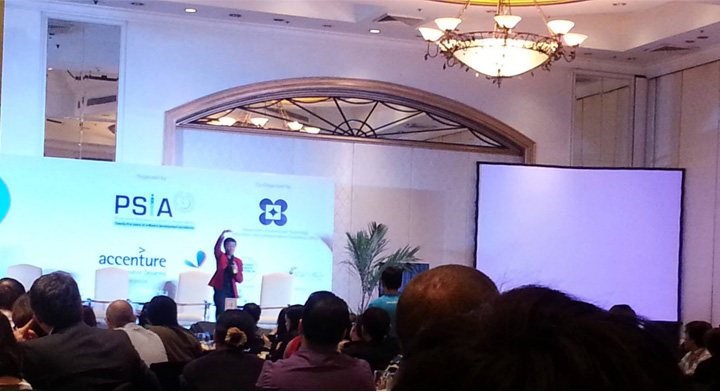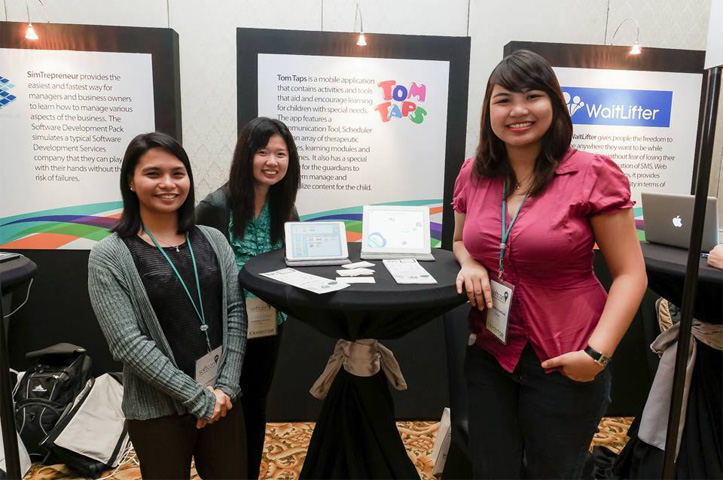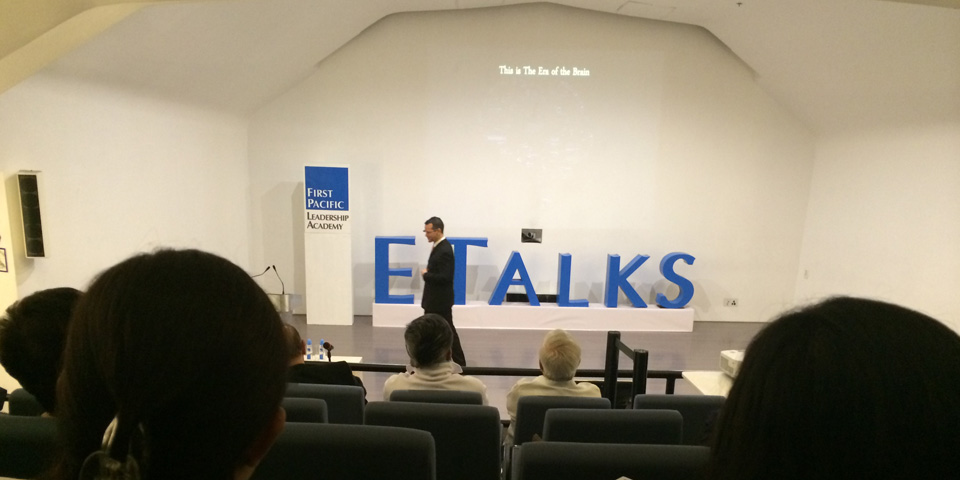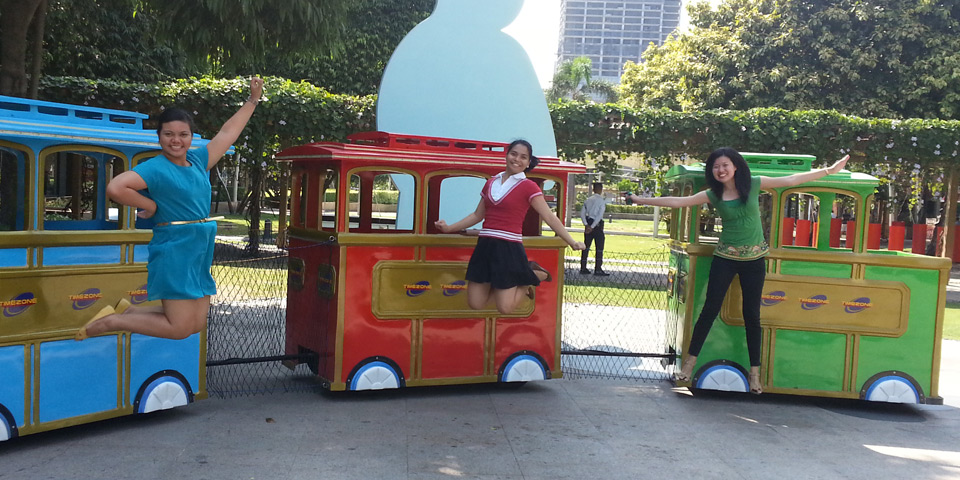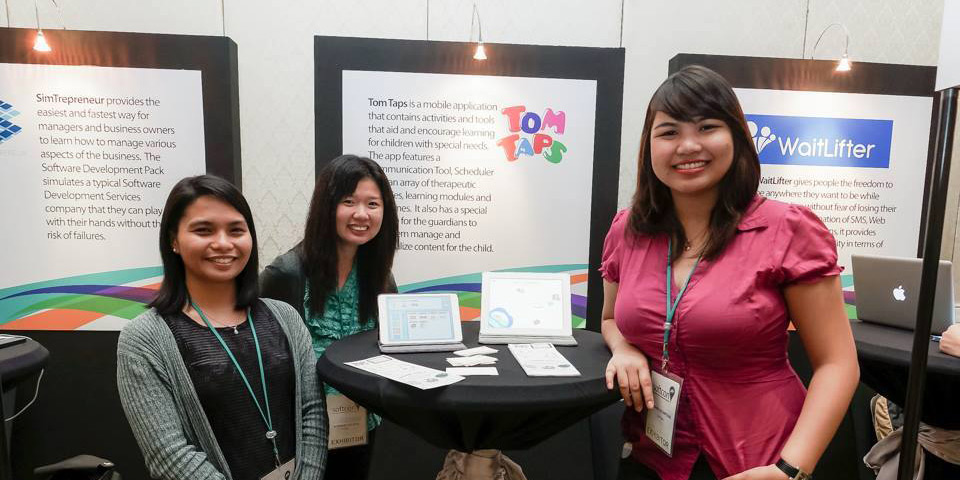How do I use the communication Tool?
Speak your thoughts and ideas with the communication tool. It has numerous features to help you fully express yourself.

Speak your thoughts and ideas with the communication tool. It has numerous features to help you fully express yourself.
How often do we hear predictions not about the end of the world but about how wonderful it will be to live in?
The Tom Taps team was fortunate enough to attend The Era of Brain Technologies, a talk by Dr. Ned Sahin at the Mind Museum on November 14, 2014. It was an afternoon of mind-opening discussion on the future of brain technologies and the exciting developments on this area, straight from the perspective of a neuroscientist and a technopreneur. The talk was divided into several topics, but the part we liked the most was his story of how these technologies are being used to address the needs of individuals with autism.
Wearable Technologies
Wearable technologies (e.g. Apple iWatch, Samsung Gear, Google Glass) seem to be on the rise and will continue to bloom and be accepted. These technologies, as of now, can be activated or controlled by our voice.
What’s interesting, though, is the outset of controlling computers with our thoughts. Researchers from the University of Minnesota and Massachusetts Institute of Technology have shown that this is indeed possible. On top of that, it does not require a person to implant a chip in his brain. “There’s a way to do this, non-invasively”, said Dr. Sahin. That being said gave a sigh of relief from the audience, with piqued interest on how to do it.
Thought- to-Thought
What if computers could think back to us? What if language is no longer a barrier? Most importantly, what if we can communicate with just our thoughts?
While these scenarios are certainly promising, ethical and privacy issues are still a concern. A member of the audience asked how we could compartmentalize our thoughts, with fears that his private thoughts will no longer remain ‘private’. Another one raised the issue of a person’s character. Even more futuristic was the speaker’s own question if court rooms can be replaced with a brain scan.
At the end of his topic, Dr. Sahin assured the audience we’re not going towards that dystopic world we’re seeing from movies. He reminded the audience that technology is an enabler for improving our interactions with each other, and ultimately our lives.
Technologies on Autism
“Autism is not a disease”, Dr. Sahin reiterated. It is a collection of challenges on social engagement, language, motor behaviors, and abstract categories. It is hard to detect, as no blood or genetic test can diagnose it. The only way to identify it is by behavior observation, usually when a child is playing, as early as six months old. Currently in the US, there is 1 in 68 diagnosed with autism.
With his background on neuroscience and technology, Dr. Sahin founded Brain Power with a vision to “apply innovations to the most pressing brain-related challenges of the human condition.” Right now, they are developing software and hardware to make Google Glass a neuro-assistive tool for individuals with autism.
He shared what they have done so far:
-assisting parents to get the attention of the child
-creating a gamified environment to encourage the child make eye contact
-emotion decoding
-identifying items through QR codes, encouraging the child to speak and repeat
-providing relaxing and calming visuals as alternative stimuli
-predicting meltdown
He then showed a video of Billy, a 17-year old with autism interacting with his parents- responding to their call, making eye contact, smiling - all through the technologies developed by Dr. Ned and his team.
For us, it was a heartwarming moment. Not only did we see how happy Billy and his parents were, we were delighted to know the great possibilities of improving the communication and interaction for people with autism. We were very impressed seeing the works of Dr. Sahin, fuelling even more our passion to do the same with our own line of applications.
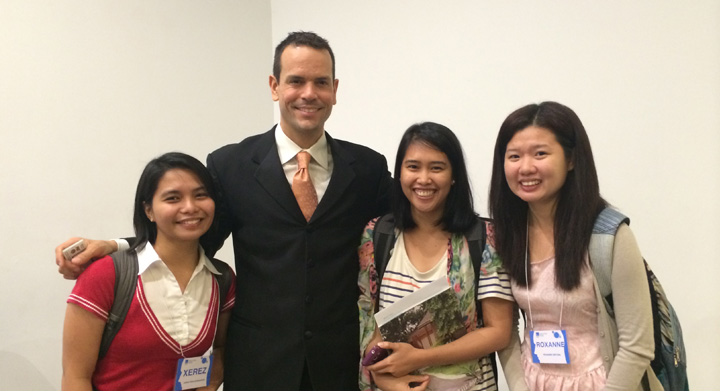
At the end of the talk, we had the chance to personally greet and congratulate the speaker and talked about Tom Taps and our advocacy. Plus, we actually got to try wearing Google Glass and taking photos with it by blinking!
About the Speaker
Dr. Ned Sahin is a neuroscientist and neurotechnology entrepreneur. He hold degrees in neuroscience from Williams College (BA), MIT (Master’s), and Harvard (PhD) and did a year of study at Oxford and post-doctoral fellowships at UCSD Medical School and the Salk Institute in San Diego. He worked at Bell Labs and in startups and a mid-sized company, in Boston, San Diego, London and Dublin; and has been the Principal Investigator for three military contracts/projects for wearable brain monitoring systems to assess and modulate cognitive states. Dr. Sahin founded Brain Power, LLC in October 2013, and the company’s focus is on transforming Google Glass into a device and service to assess the key symptoms of Autism in children, and to coach the children and families in overcoming the accompanying challenges.
The Era of Brain Technologies was part of the Executive Talks, a conference series being organized by the First Pacific Leadership Academy (FPLA). Previous speakers were Marshall Goldsmith, Michio Kaku, Azran Osman-Rani, Werner Vogels, Roger Fisk, and Erik Spoelstra.
Joben has a wonderful 10-year old son named Tom. Tom, being an energetic and witty kid that he is, has a hard time expressing his feelings, needs and wants as he is non-verbal and was diagnosed with autism when he was 2.
Using his software development skills, Joben started tinkering on his iPad and developed a simple communication app that will work best with Tom’s needs. It wasn’t much before, it was very simple, it was mostly black, but the concept behind it answers all of Tom’s needs. He called it Tom’s App for the time being.
Tom’s App was simple and easy to use, but has a big room for improvement. He noticed the potential of Tom’s App in helping other kids struggling with being non-verbal, and looked for a team to start working on converting the app into a product. He found two developers in the person of Abby and Xerez, and a graphic designer in Roxy. The three started with Tom’s App with this in mind: To provide a high-quality and affordable mobile communication application that will help kids with special needs to express themselves better.
While the passion to use their skills is there, there is no doubt that the team has a lot to learn when it comes to dealing with special needs. They started their learning journey by researching existing hardware and software products . They discovered that the market already has a considerable number of mobile apps targeted to assist people with special needs, and surprisingly, most of these are motivated by the same situation: they know somebody who needs it. This tidbit of information, while being a challenge to the business, was actually inspiring. Having to learn that there are others trying their hardest to provide the best services to people who need it the most, encouraged the team to dedicate time and effort into making this app.
Learning from the internet is not enough, however. They needed to get out of the building to talk to people who knew more about the subject matter, learn from their experiences, and identify the pains and needs that are still not addressed by existing solutions. With this, the team visited from one speech therapy centre to another, talking with occupational and speech therapists, teachers and parents alike. Discussions about the app and conversations about their experiences enlightened everybody about the pains and rewards of having a person with special needs in their life. We also had the opportunity to play with the kids at the centre and with much delight, observe how they learned in the school environment. With this newfound knowledge, the team geared up for work.
One of the centres visited was ABLE, owned and managed by Teacher On. He taught us about the importance of learning about the self first, and thus we gave much emphasis on the “I” on our first Speak Version.
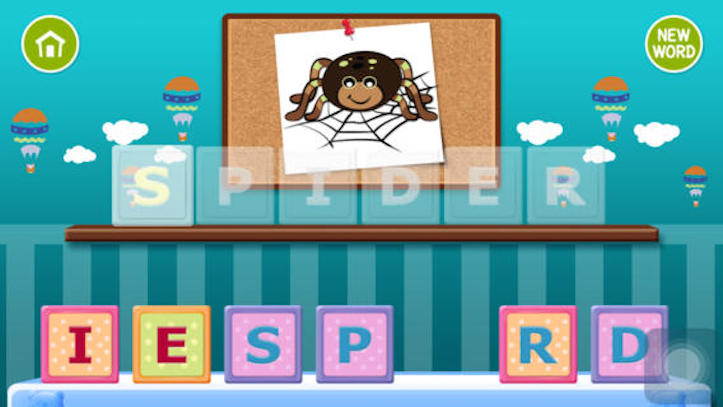
The app Words and Blocks was made to have Tom and the other kids test it and for us to be able to take down notes on their reaction when using a tablet.
Abby started development work on the iOS. Initial modules and content were provided by Tom’s mom, Lizle, and Jasmine, a former special education teacher. Roxy, with the help of graphic designer Glomark, drew the first batch of 300 cards in the first version. During this time, the Bubble Sort app, a sorting game, was being developed by Xerez on the side. The whole team was excitedly bustling with work, keeping images of the kids in their minds while doing what they did best.
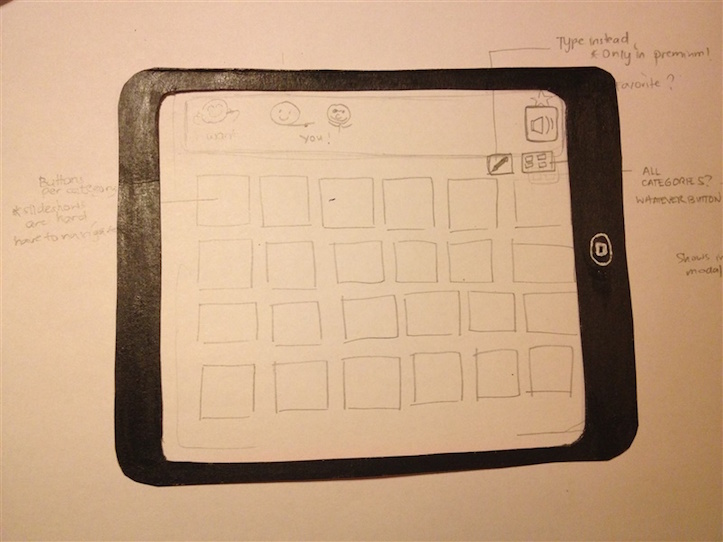
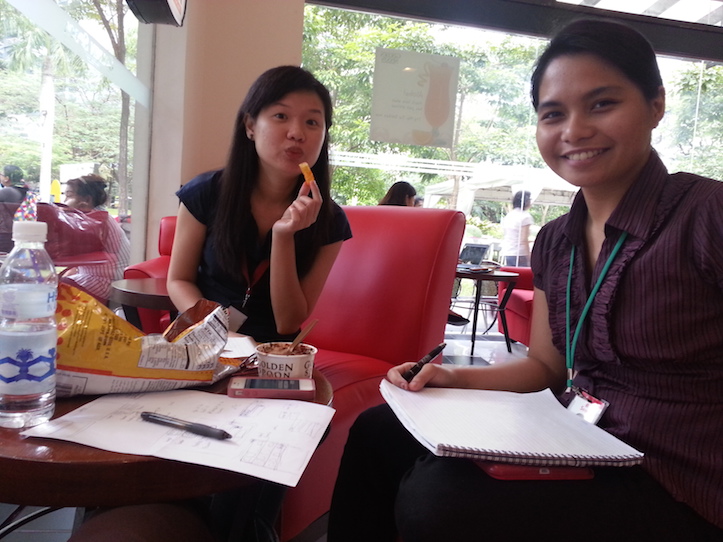
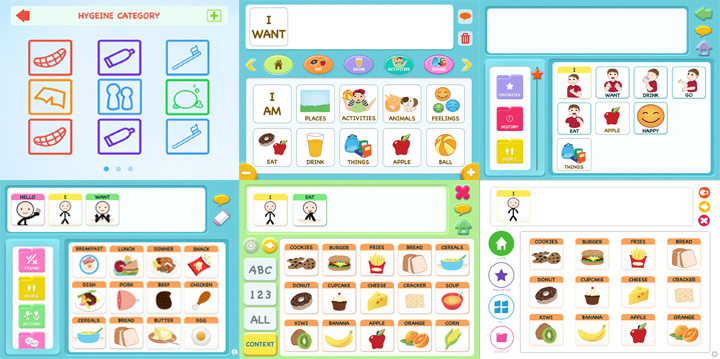
The first design had different colours depending on the preference. It also revolved around having only categories to navigate around the cards.
Two months of developing, drawing, discussing and testing led to the first version of the app: a clean, easy-to-use, intuitive and kid-friendly app catering to the communication needs of people with developmental disabilities. Since the team wanted Tom’s App to catch worldwide attention to be used and to be able to help people, something had to be done about the generic name. They wanted to keep the essence of being inspired and continually motivated by Tom, and so the team kept Tom’s name. On the other hand, they felt the need to identify themselves as a technology-driven company, to emphasise their utilisation of the mobile technology, and to pay tribute to this breakthrough that was able to help a lot of people. And so, the team thought: If the 90’s and the early 00’s was the era of “clicking”, the trend now can attest that the era today is the advent of “tapping”. Thus, the team finally called the app “Tom Taps”.
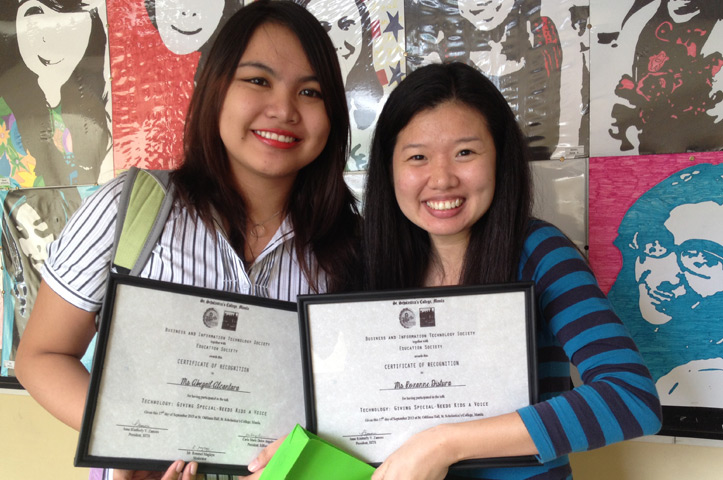
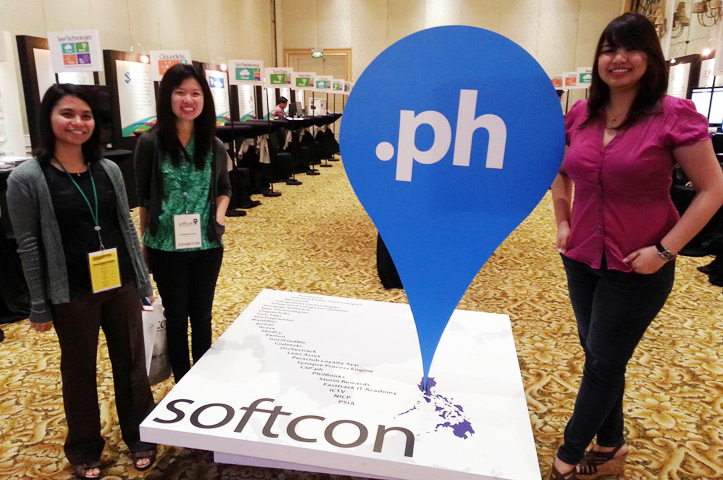
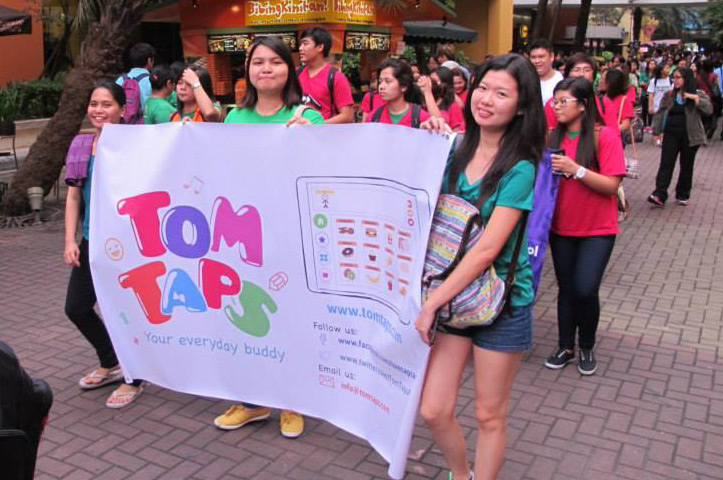
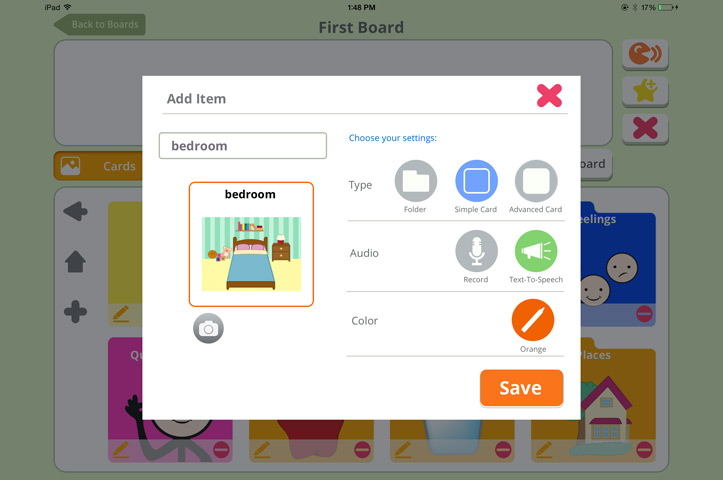
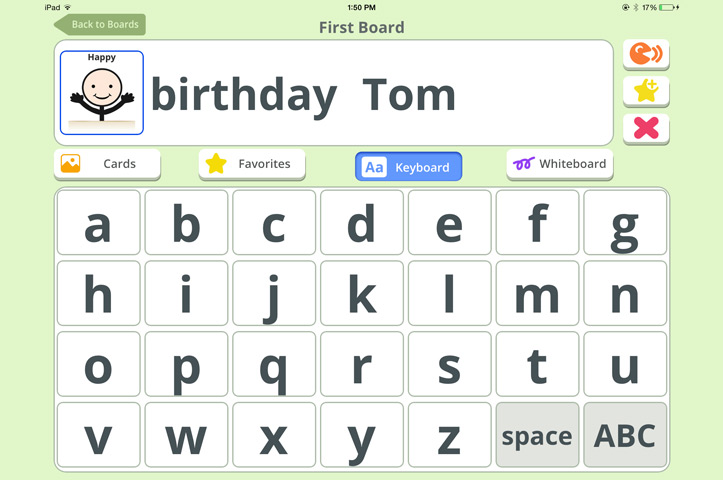
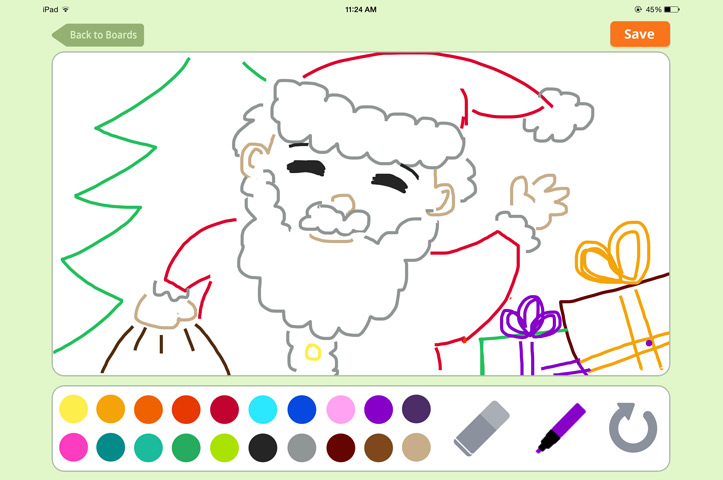
If you can’t say it with anything else, say it with a doodle! Tom Taps Speak Version 2 now has a whiteboard feature for your artistic streaks.
If you are a special needs teacher, an occupational or speech therapist, drop a line using the contact form in the website and we’ll give you a free trial for the features stated above.
Send us your thoughts, Tom Taps loves having them. Truly, the work never stops, and the team will continue to strive to deliver the service that best fits the needs of the kids who have a lot to say.
